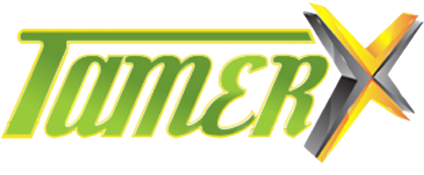
Paccar PX8 DOC 2008-2010
Emissions Control for PX8 Engines – Paccar PX8 DOC (2008–2010)
What is it?
The DOC (Diesel Oxidation Catalyst) for Paccar PX8 engines manufactured between 2008 and 2010 oxidizes hydrocarbons (HC) and carbon monoxide (CO) in the exhaust stream. It’s a front-line emissions component that treats exhaust gases before they reach downstream aftertreatment systems.
Why choose this OEM DOC?
Built to Paccar’s original engineering standards, this DOC ensures correct exhaust flow, backpressure management, and durability under operating conditions. Choosing a genuine or factory-matched component helps reduce the risks of diagnostic errors, reduced performance, or premature failure that may occur with inferior alternatives.
Key Benefits
✅ Direct-fit for Paccar PX8 engines (2008–2010)
✅ Efficient oxidation of HC and CO emissions
✅ Maintains optimal exhaust flow and prevents excessive backpressure
✅ Durable construction suitable for high-temperature operation
✅ Compatible with factory diagnostic and emissions control systems
Applications
This DOC is used in Paccar PX8-powered trucks and machinery for the 2008–2010 model years. It’s essential for vehicles requiring emissions compliance and smooth integration with other exhaust treatment components like DPFs or SCR systems.
Installation Notes
Installation should be completed by a qualified technician. Begin with a cooled exhaust system. Remove the existing DOC, keeping sensor and flange connections intact. Clean all mating surfaces thoroughly. Replace seals, gaskets, and ensure correct alignment of the new unit. Install the DOC using proper torque values as specified by Paccar. After installation, check for exhaust leaks, verify unobstructed exhaust flow, and clear any emissions-related fault codes using diagnostic tools.
Final Thoughts
If your PX8 engine is triggering emissions warnings or suffering performance issues, replacing the DOC with the proper factory-spec unit helps restore oxidation efficiency and system reliability. It supports cleaner operation, protects downstream parts, and keeps your equipment in compliance.
